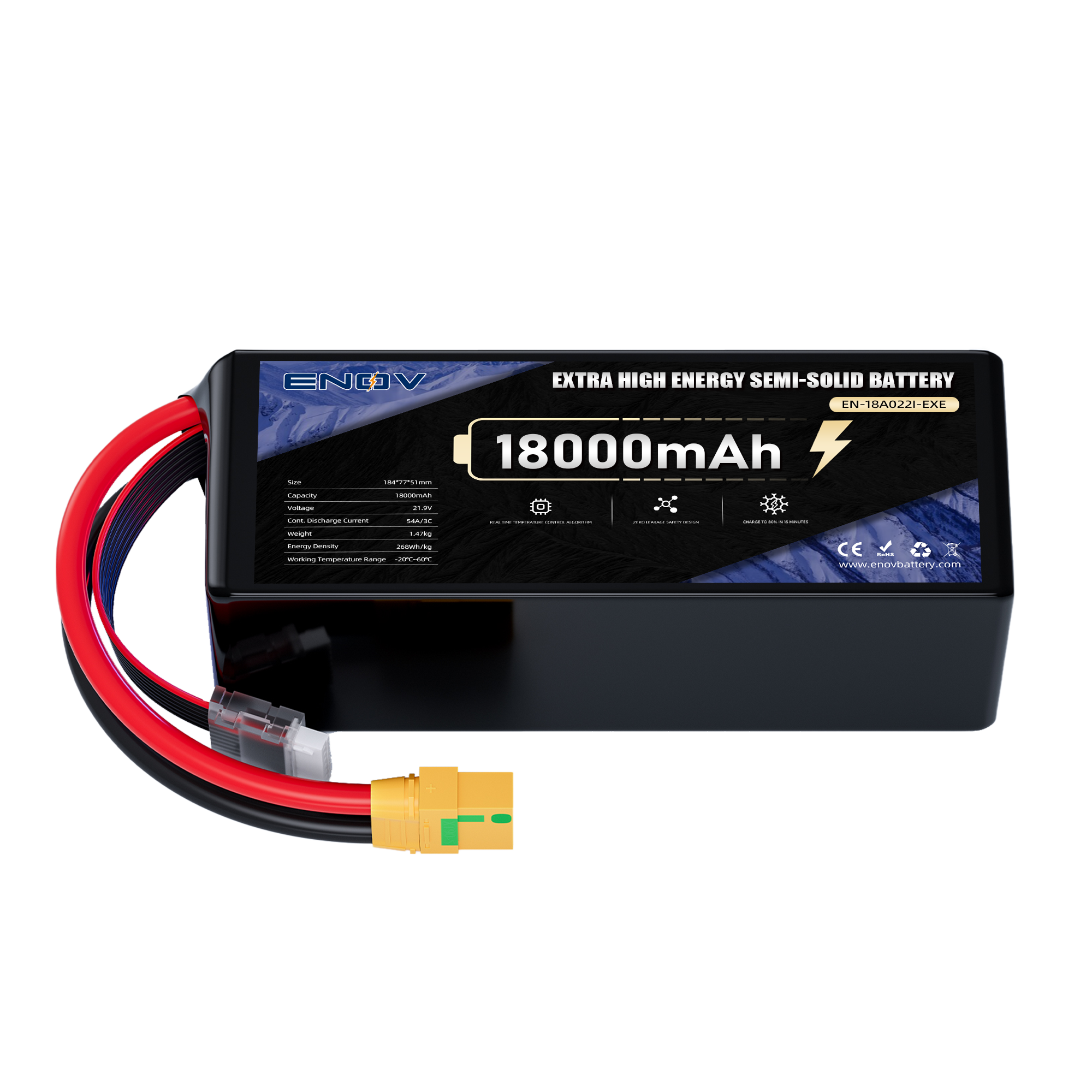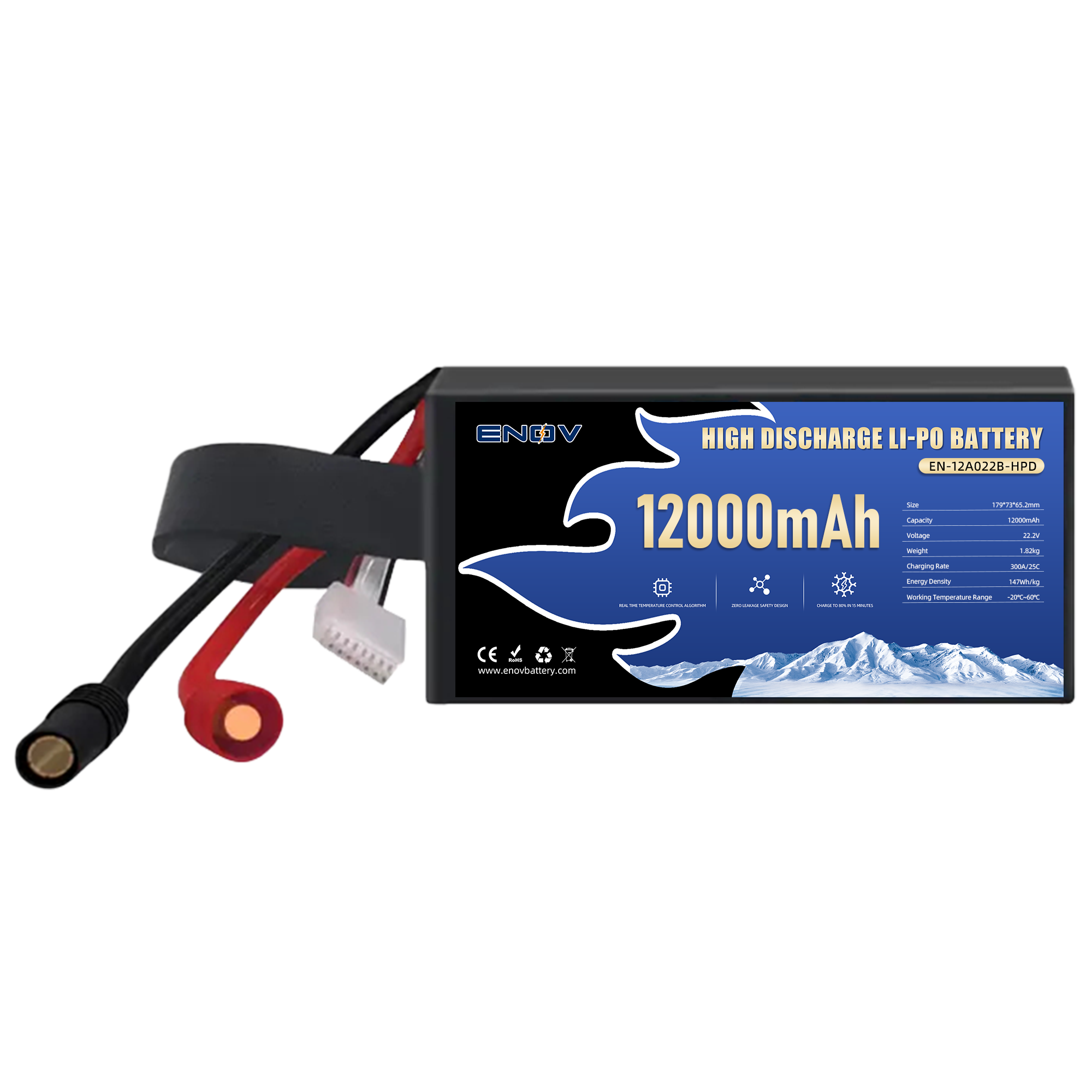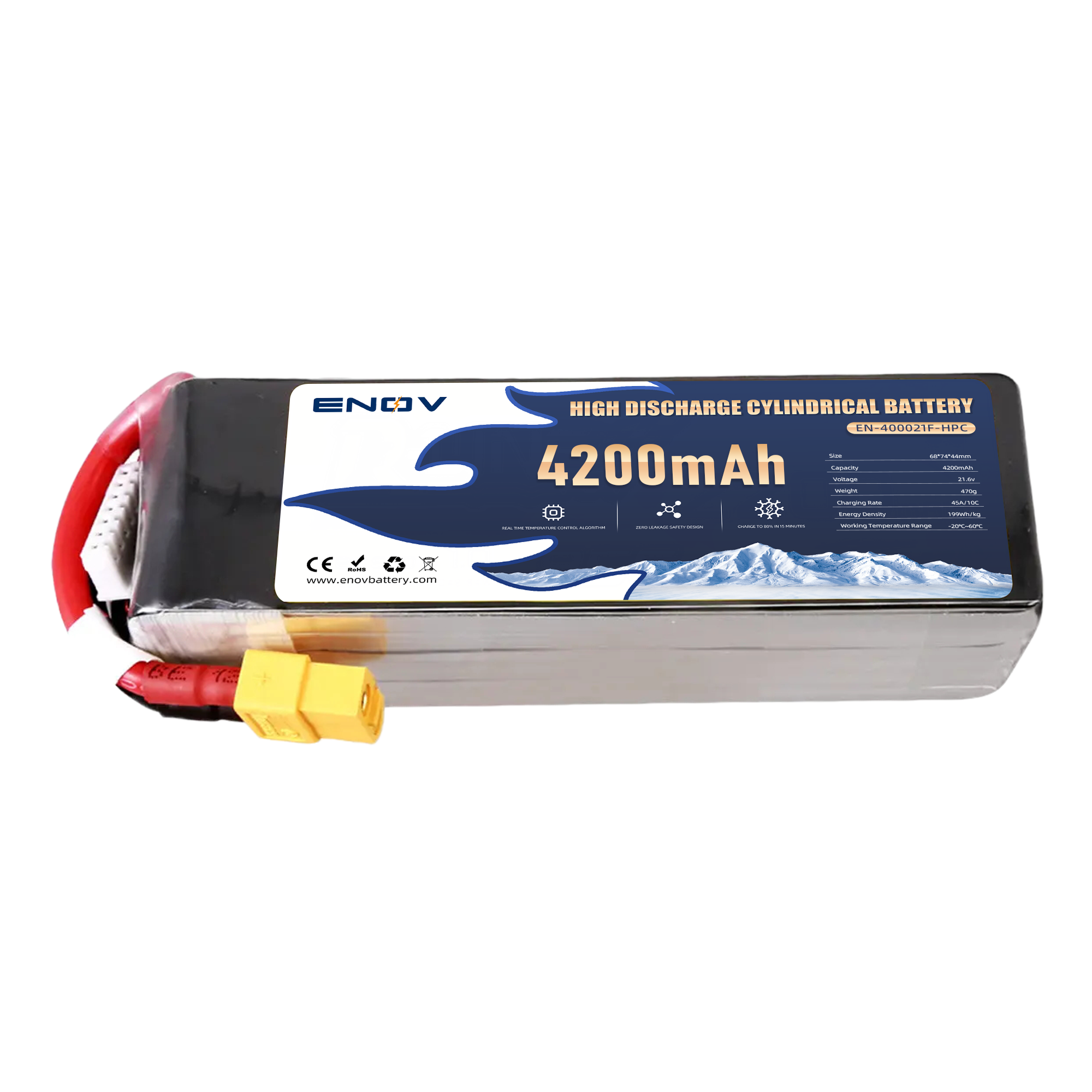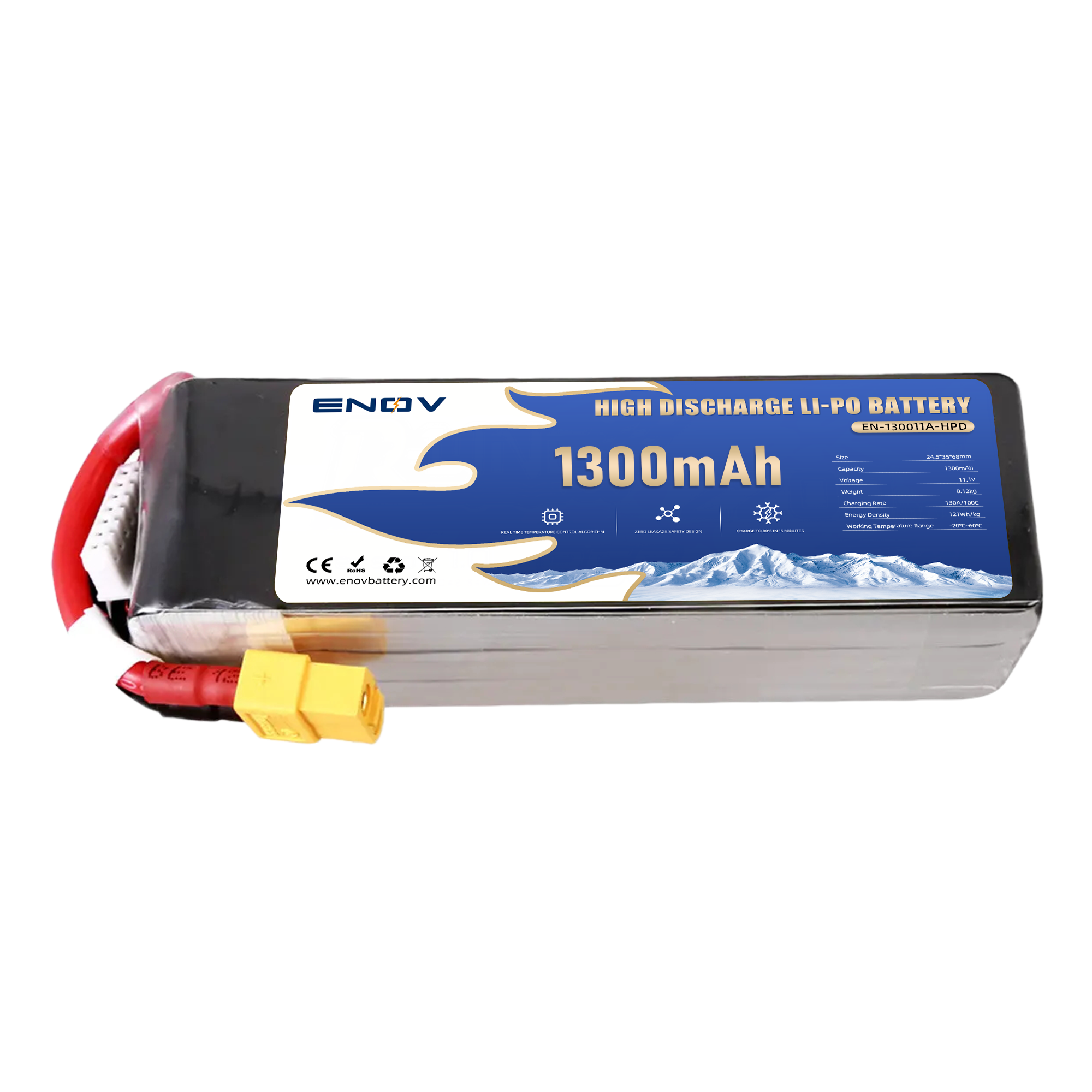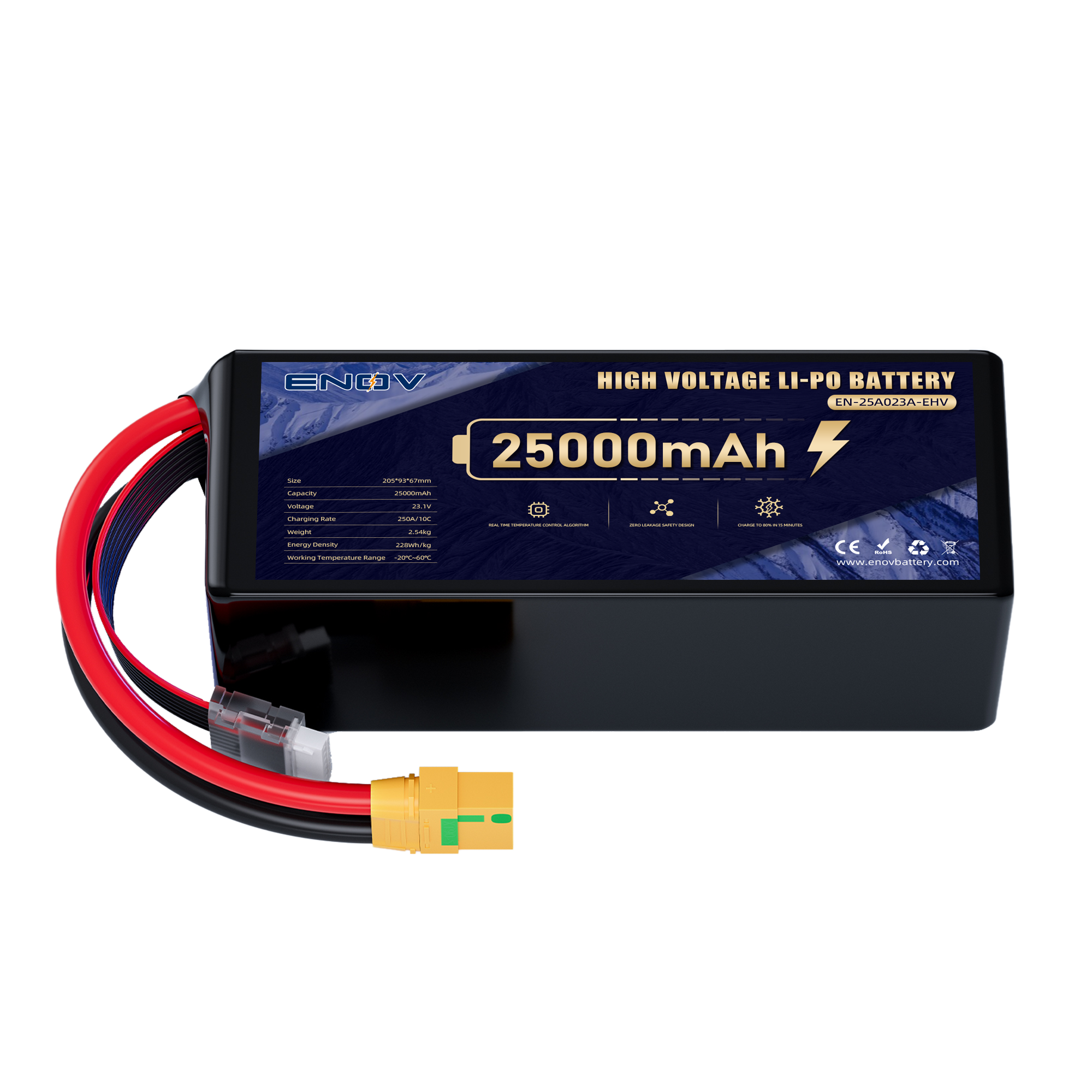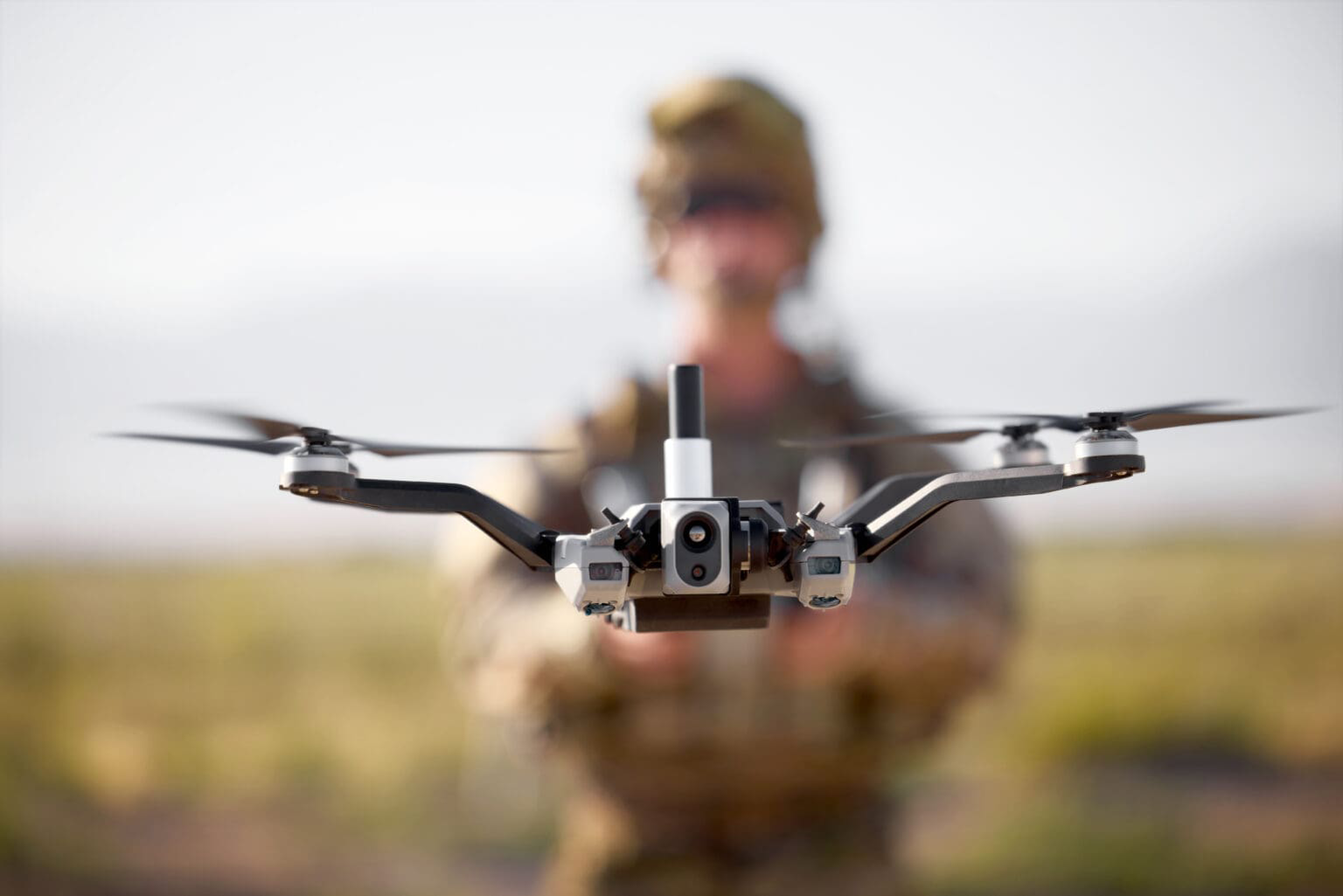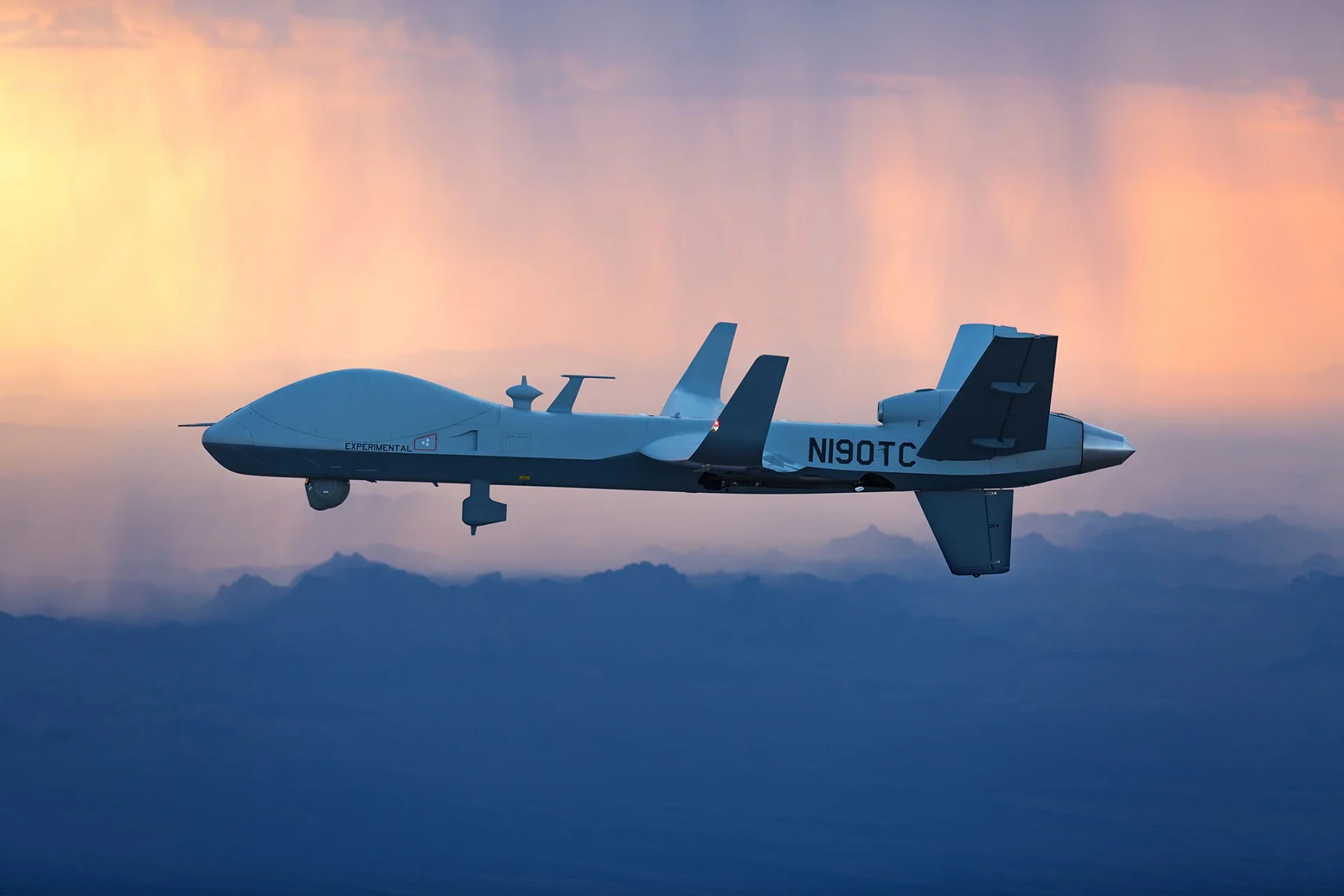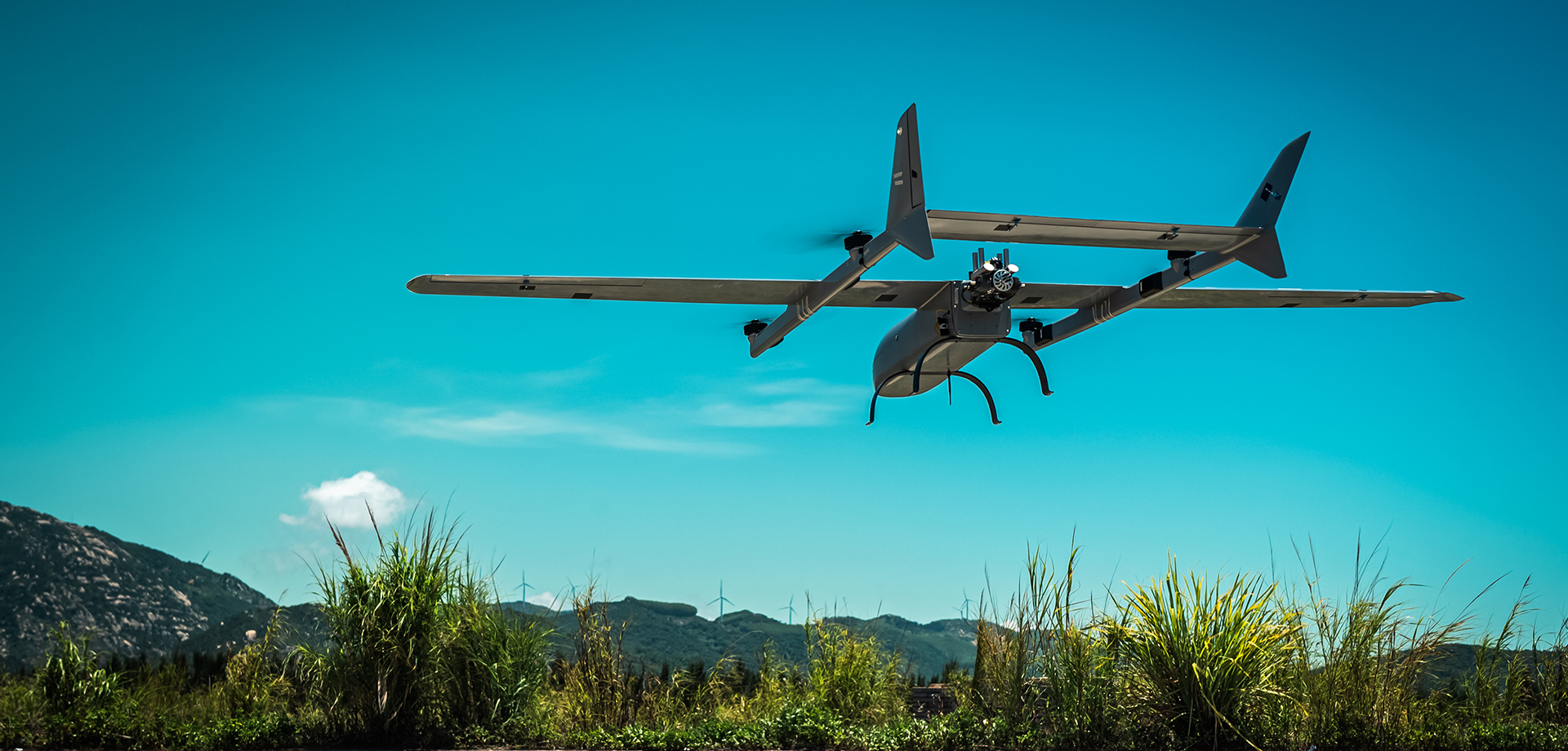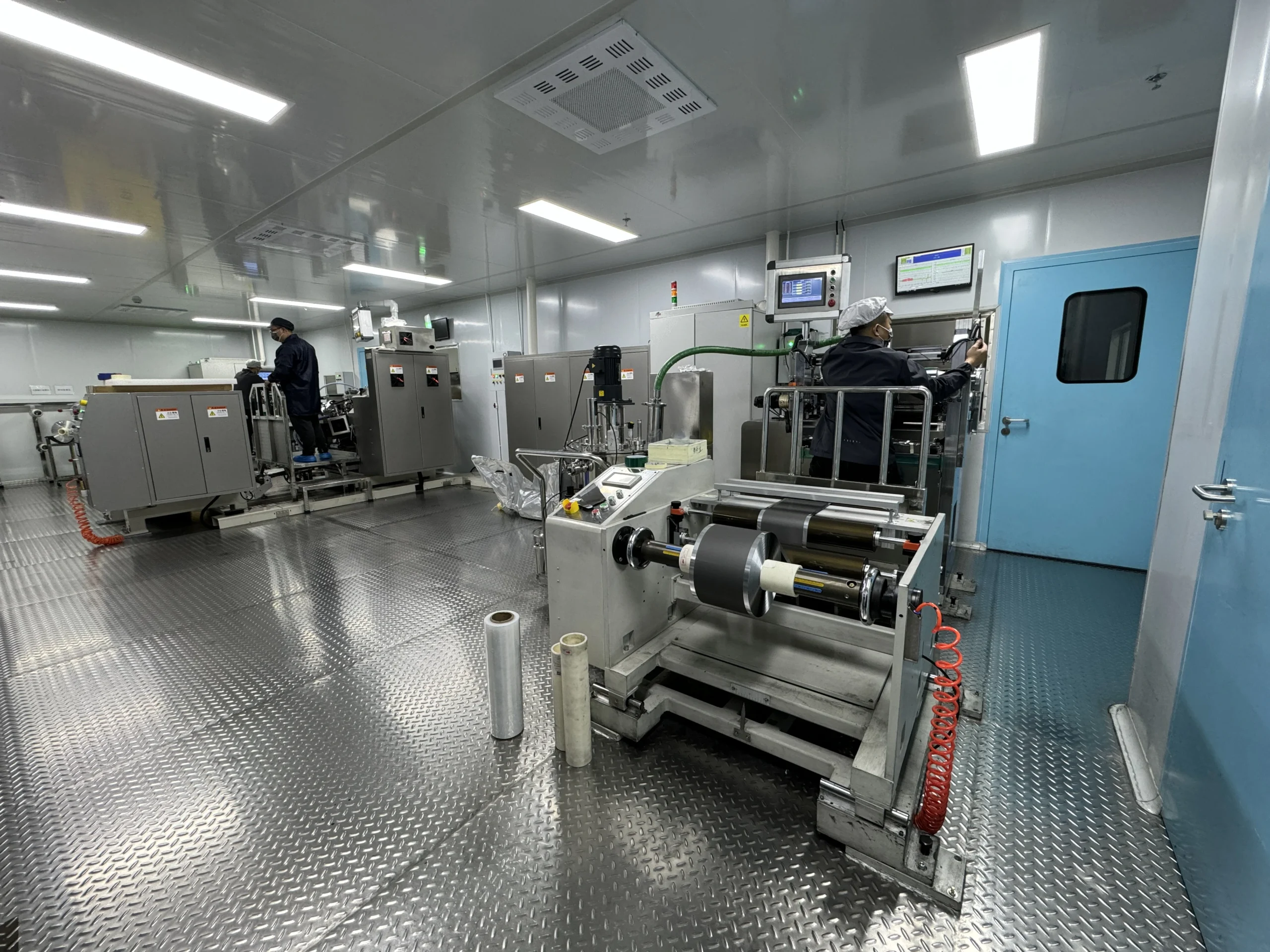Over-Discharge Repair Experiment: Can Lithium Cobalt Oxide Batteries Below 2.5V Be Saved?
Over-discharged lithium cobalt oxide (LiCoO₂) batteries below 2.5V per cell are often deemed dead, but some can still be salvaged with caution. Lab tests show a 50-60% recovery success rate if cells aren’t physically damaged. This guide explains how to safely revive such batteries while minimizing fire risks and performance loss.
main content
1. Gradual Low-Current Charging
Step 1: Use a charger with a “recovery mode” or manually set the current to 0.05C (e.g., 0.25A for a 5000mAh battery).
Step 2: Monitor voltage rise. If it climbs to 3.0V within 1 hour, continue charging at 0.1C. If stuck below 2.7V for 2 hours, discard the battery.
2. Post-Recovery Capacity Test
Fully charge the battery, then discharge it at 0.5C. Measure actual capacity:
Recoverable: ≥80% original capacity.
Degraded: 50-79% capacity—use only for low-power tasks.
Unsafe: <50% or voltage drops >0.5V under load.
3. Critical Warning Signs
Swelling or Leaks: Immediate disposal required.
High Internal Resistance: >150mΩ per cell (test with a multimeter).
Self-Discharge Rate: Losing >0.1V/day after recovery.
Why Recovery Is Risky
LiCoO₂ cells discharged below 2.5V suffer copper dissolution, creating internal shorts. For example, a “recovered” 4S battery might work briefly but suddenly fail mid-flight, crashing your drone.
Success Rate Data
Lab Tests: 55% of mildly over-discharged cells (2.3V–2.5V) regained 85% capacity. Field Tests: Only 30% of heavily drained cells (1.8V–2.2V) stabilized after recovery.
When to Give Up
Voltage <2.0V: Recovery success drops below 10%.
Multiple Over-Discharges: Batteries cycled below 2.5V twice rarely hold charge.
Conclusion
While lithium cobalt oxide batteries below 2.5V can sometimes be revived, success depends on discharge depth and recovery methods. Use ultra-low currents for charging and rigorously test capacity post-repair. For critical missions, always replace questionable batteries—safety outweighs savings.
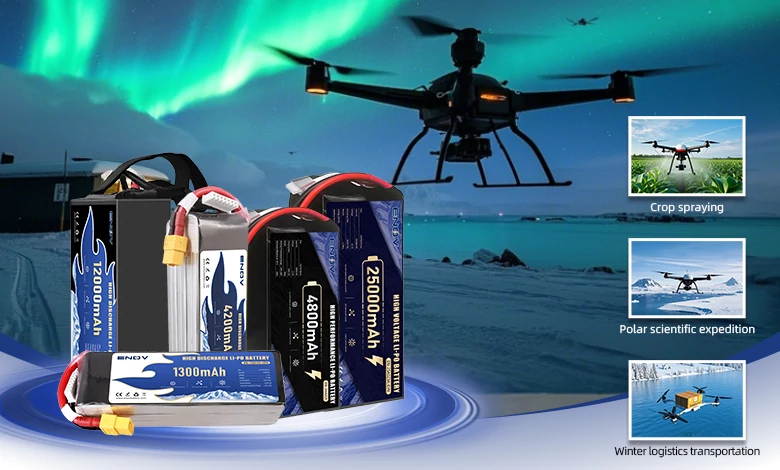
UAV DRONE battery
Enov UAV battery has the most advanced UAV battery new technology, it has a lightweight structural design, ultra-high energy density, stable continuous discharge, customized ultra-high instantaneous discharge, wide temperature working range, stable charge and discharge, battery materials can choose high nickel terpolymer positive/silicon carbon negative material system combined with semi-solid battery technology. Or choose a more mature application of more UAV lithium battery technology, available UAV battery nominal voltage 3.7V, capacity 18.0Ah ~ 30.0Ah, support 10C continuous discharge and 120C pulse discharge (3 seconds). With ultra-high energy density (220-300Wh/kg) as its core advantage, Enov UAV batteries can meet the needs of long-term endurance scenarios such as plant protection drones and transport drones, while maintaining stable emission performance in extremely low temperature environments (-40℃).
Other products
START-STOP LITHIUM BATTERY
LITHIUM ENERGY STORAGE BATTERY
QUICK INQUIRY
FAQ
Access to high frequency technical questions with one click, get accurate answers on product application, after-sales policy and customization process.
Service and Support
Get the latest product specifications, explore professional OEM/ODM customization services, click to open exclusive technical support and production solutions.
Become a Partner
We sincerely invite resources to interconnect, work together for win-win development, and immediately open a new chapter of strategic cooperation!
